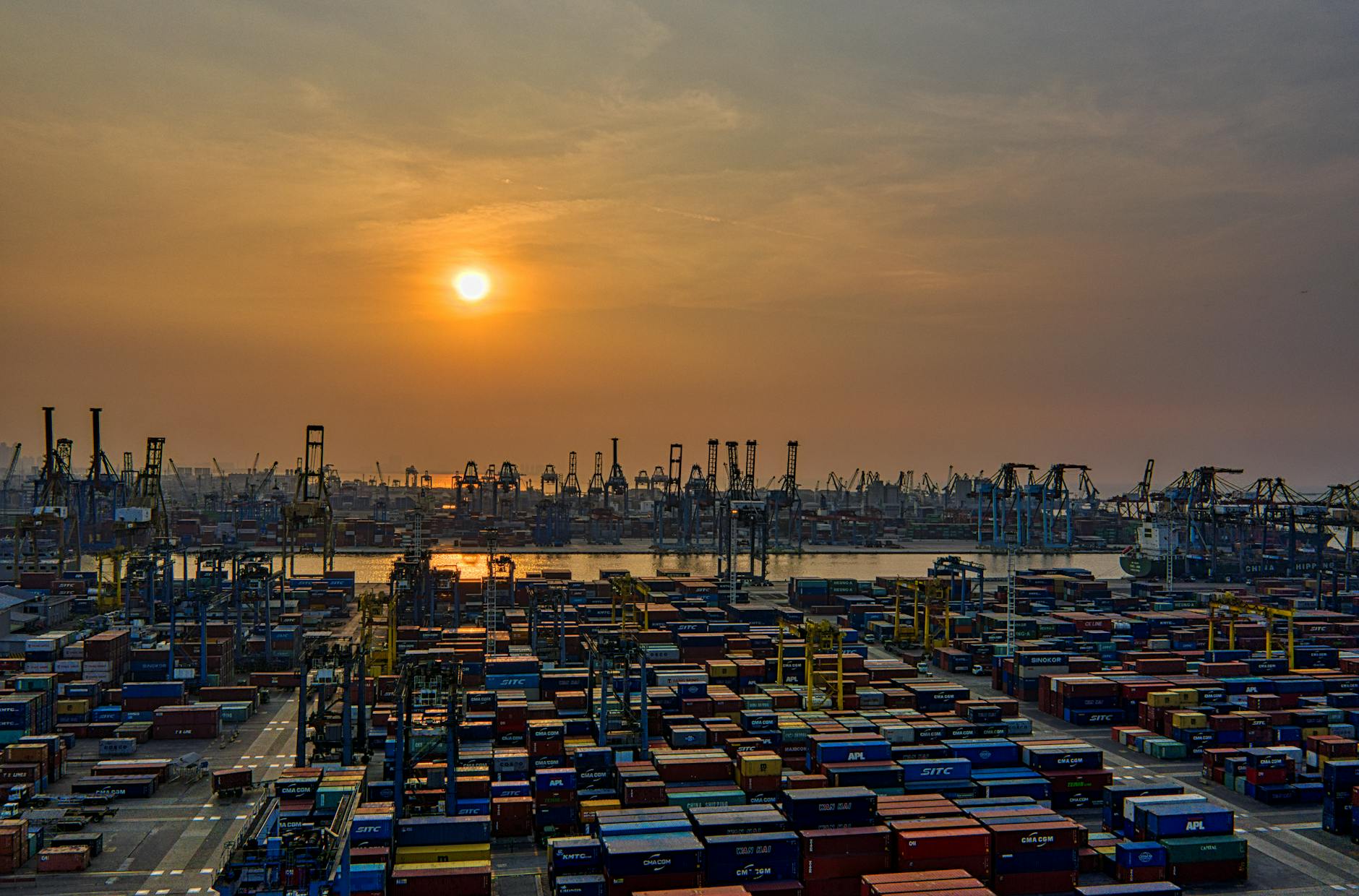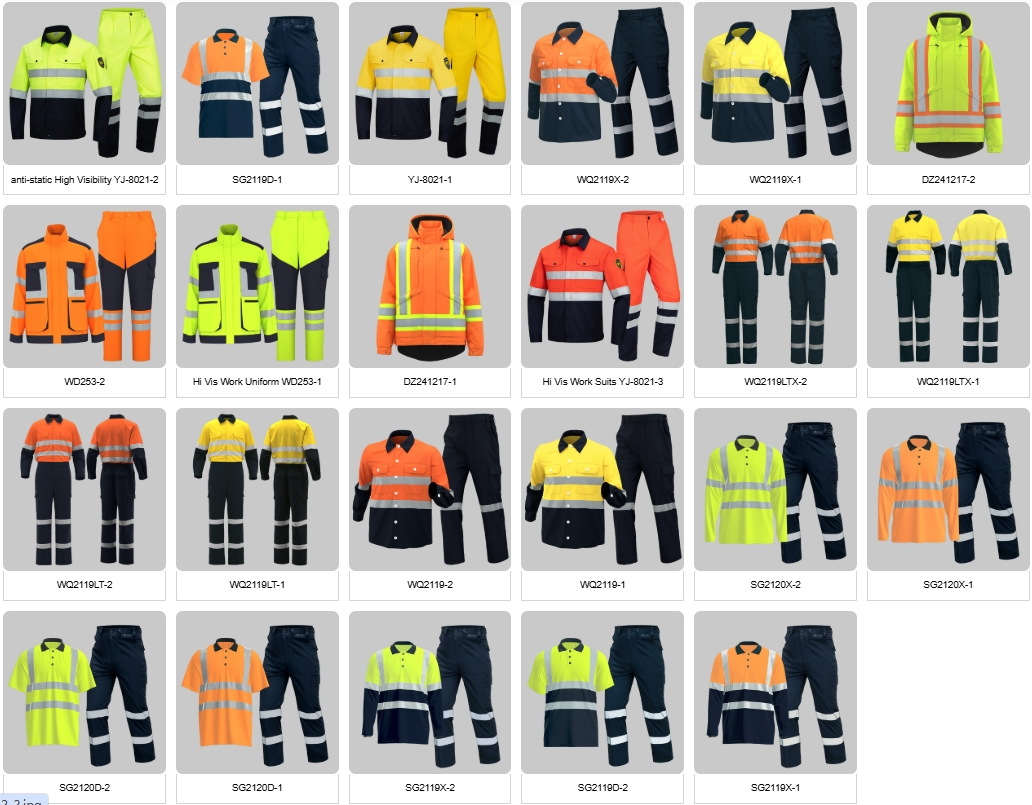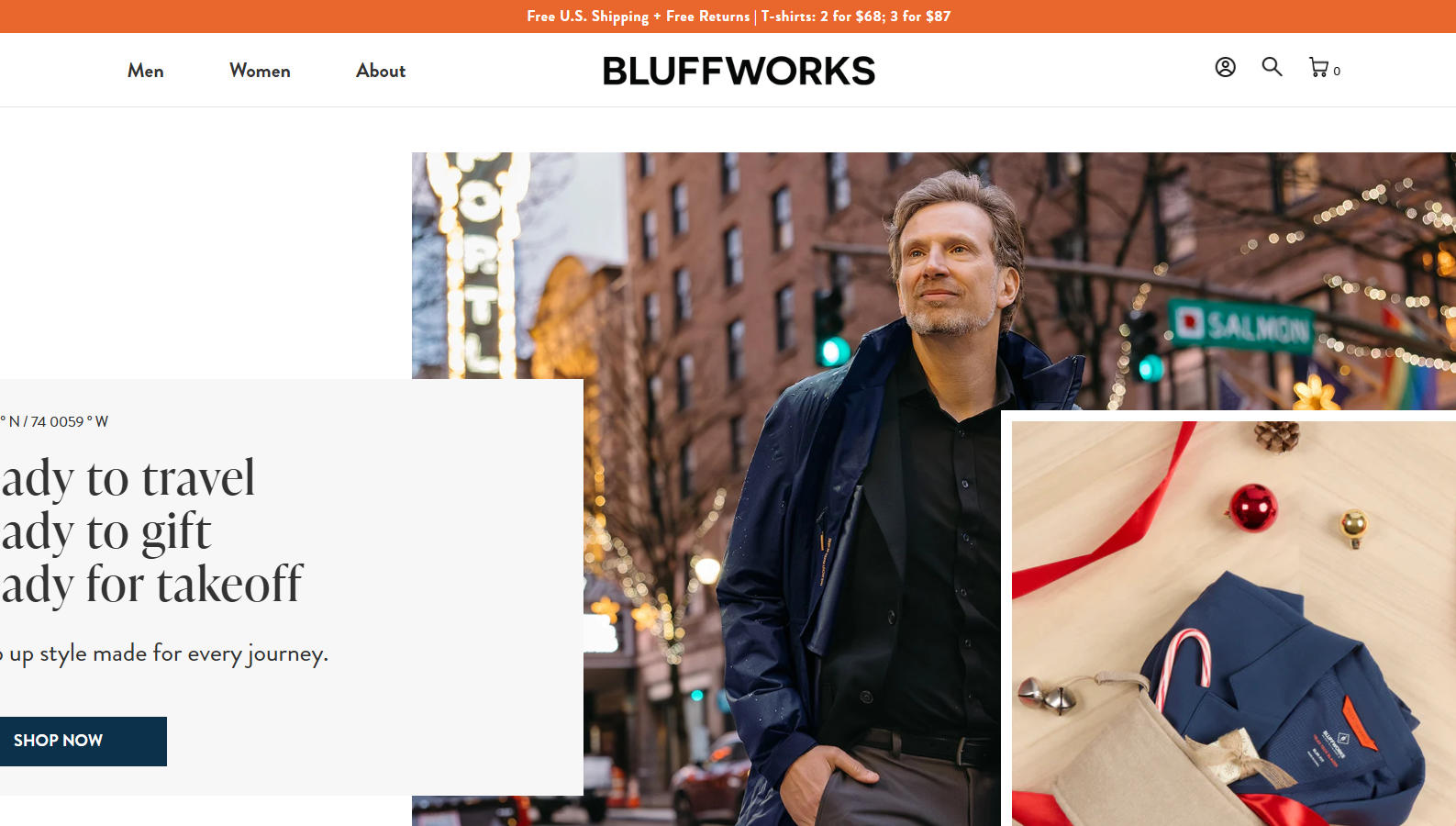Here is a detailed analysis of an Armenian company importing custom logo work uniforms from China, including the process, strategic advantages, and unique challenges, particularly considering Armenia’s geopolitical and logistical context.
Executive Summary
For an Armenian company, this is a viable but logistically complex operation. The model leverages China’s cost-effective production and customization to meet demand in Armenia’s industrial, corporate, and hospitality sectors. The primary challenge is Armenia’s landlocked location and closed borders with two neighbors (Turkey and Azerbaijan), which shapes the entire logistics chain.
The Import Process: Step-by-Step
Phase 1: Sourcing & Planning (in Armenia)
-
Define Requirements: The company finalizes uniform designs, fabric types (considering Armenia’s continental climate), colors, and specific logo details (embroidery, printing).
-
Supplier Sourcing: This is done primarily online via B2B platforms like Alibaba.com or Made-in-China.com. Attending international trade fairs is more challenging due to distance and cost.
-
Request for Quotation (RFQ): Send detailed specifications to multiple suppliers to compare prices, MOQ (Minimum Order Quantity), and production timelines.
Phase 2: Negotiation & Production (with China)
-
Sample Approval: This is a non-negotiable critical step. The Armenian company must insist on a production sample to check quality, fit, and logo application before mass production begins. Shipping samples can be slow.
-
Contract Finalization: Agree on the final price, payment terms (typically 30-50% deposit, balance before shipment), and Incoterms. Given the complex logistics, EXW (Ex Works) or FCA (Free Carrier) in China are common, giving the Armenian buyer control over the main shipping leg.
-
Production & Quality Control: The factory begins production. The buyer should request production updates and conduct a pre-shipment inspection (by themselves or a third-party agency) to ensure quality matches the sample.

Phase 3: Logistics & Import (The Most Critical and Complex Phase)
-
Logistics – The Key Challenge: Armenia’s closed borders make the route longer and more expensive. The two most common routes are:
-
Primary Route: Sea Freight to Georgia + Land to Armenia.
-
Goods are shipped in a container from a Chinese port (e.g., Ningbo, Shanghai) to the Georgian Black Sea ports of Poti or Batumi. This is the most cost-effective sea leg.
-
From Georgia, goods are transported by truck to Armenia via the Sadakhlo-Bagratashen border crossing. This is the standard and most reliable route.
-
-
Alternative Route: Iran. Sea freight to a port in Iran (e.g., Bandar Abbas), then by truck north through Iran and into Armenia. This route is less common due to geopolitical complexities and sanctions-related banking/insurance issues.
-
-
Customs Clearance in Armenia:
-
The Armenian company must handle import customs. This requires a standard set of documents: Commercial Invoice, Packing List, Bill of Lading (for sea freight), and Certificate of Origin.
-
Hiring a local customs broker in Armenia is highly recommended. They will handle the declaration, ensure correct HS codes, and calculate/pay the applicable import duties and VAT (standard rate is 20%).
-
Key Advantages for an Armenian Company
-
Cost-Effectiveness: Chinese manufacturing offers significantly lower prices for bulk custom orders compared to local production or European imports.
-
Customization Capability: Chinese factories are experts in producing small-batch custom items with logos and specific designs.
-
Quality for Price: Access to a wide range of fabric qualities allows the company to target different market segments within Armenia.
Challenges & Risk Mitigation
-
Complex and Expensive Logistics:
-
Challenge: The multi-modal route (sea + land) via Georgia adds transit time, cost, and handling points. This is the single biggest disadvantage.
-
Mitigation: Work with an experienced international freight forwarder that has strong partners in Georgia and Armenia. Plan for longer lead times (can be 60+ days total).
-
-
Geopolitical Sensitivity:
-
Challenge: The reliance on a single viable land corridor (through Georgia) creates a strategic vulnerability. Any disruption at the Georgian-Armenian border impacts the entire supply chain.
-
Mitigation: There is no easy mitigation, but maintaining good relationships with logistics partners ensures you are informed of potential delays quickly.
-
-
Quality Control from Afar:
-
Challenge: The distance and difficulty of travel make it hard to verify quality in person.
-
Mitigation: Never skip the sample process. For large orders, investing in a third-party inspection service in China is crucial to avoid receiving sub-standard goods.
-
-
Payment Security:
-
Challenge: Sending a deposit to an unknown supplier carries risk.
-
Mitigation: Use secure payment methods like Alibaba Trade Assurance or a Letter of Credit (L/C). Start with a smaller trial order to build trust with a new supplier.
-
-
Language and Communication Barrier:
-
Challenge: Misunderstandings in design or specifications.
-
Mitigation: Use clear tech packs with pictures and diagrams. Work with suppliers who have English-speaking staff.
-
Strategic Tips for Success
-
Partner with a Logistics Expert: Your choice of freight forwarder is more critical than in many other countries. They must be experts in the China-Caucasus corridor.
-
Build a Long-Term Supplier Relationship: Find 1-2 reliable factories in China and cultivate a partnership. This leads to better pricing and more willingness to handle smaller, custom orders.
-
Focus on the Sample: The quality of the sample dictates the quality of the entire order. Be meticulous.
-
Calculate Total Landed Cost: Do not just look at the FOB price from China. Factor in all sea freight, land freight, customs, and broker fees to understand your true cost per uniform.
Conclusion
An Armenian company can successfully import custom work uniforms from China. While the logistical hurdles are significant due to the country’s geographic and political situation, they are manageable with the right partners.
The business case is strong, driven by the significant cost savings and customization options available from Chinese manufacturers. Success depends almost entirely on meticulous planning, rigorous quality control from a distance, and building reliable partnerships with both the Chinese supplier and the logistics providers handling the crucial journey through Georgia into Armenia.
For some insightful reads, we’ve curated a list of recommended articles just for you:
- How do I find a product manufacturer in China?
- How to find cheap manufacturers in China? A guide to avoid pitfalls
- How to complete your first purchase of workwear in China safely and efficiently
- Custom uniforms for Small business
- Choosing the Best Industrial Work Suit
- Ultimate Guide: Best Wholesale Work Clothes in China
- Cut & Sew Customization
- Logo Customize Clonthing Manufacturer
- Labour Uniform manufacturer
- Labor clothing uniform for sale
- Working clothes china wholesale
Can’t find what you’re looking for? Feel free to contact us. We’re here to help 24/7.
Useful links:





